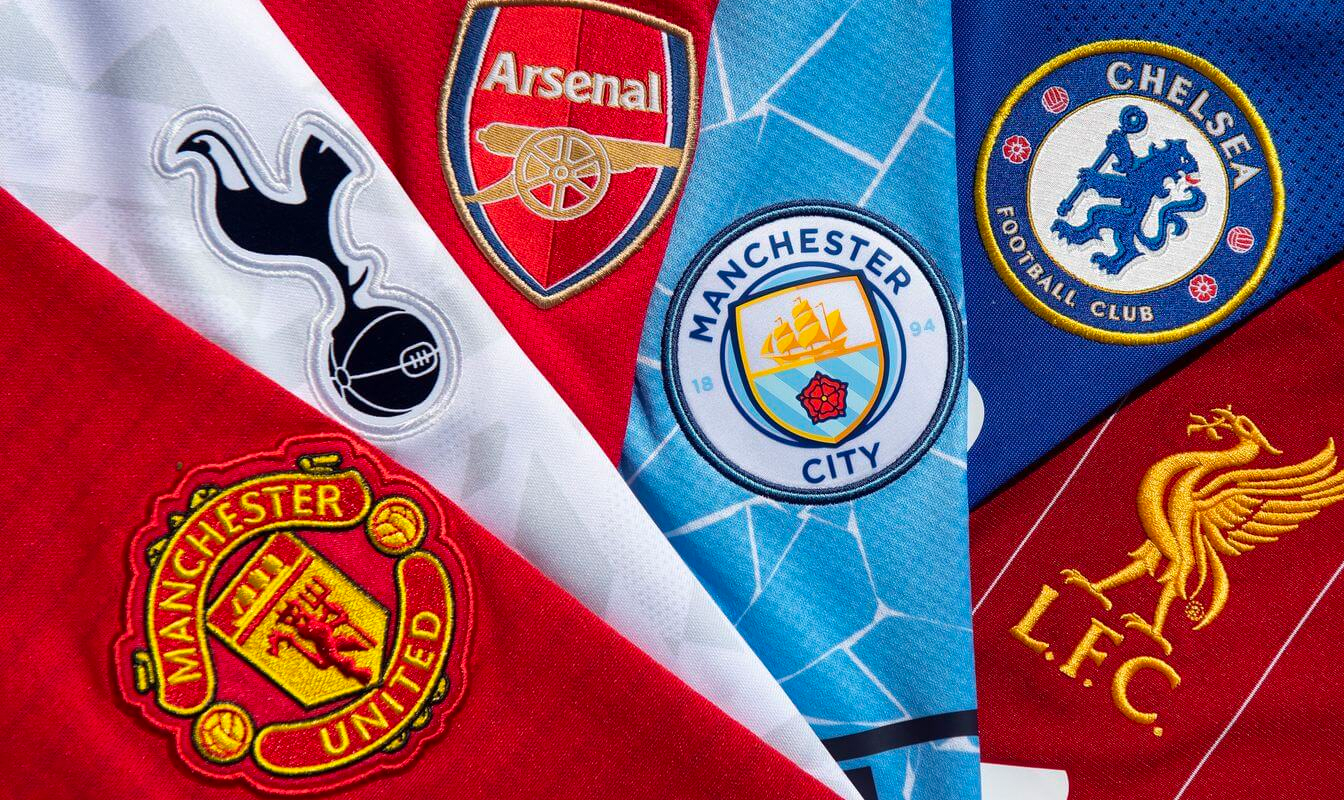The recent Super League debacle is already being labelled as a PR crisis for the ages.
For those unaware, on Sunday, the owners of twelve of Europe’s most prestigious soccer clubs announced the formation of a new, closed league. In theory, the league would concentrate the highest quality of soccer and staggering amounts of revenue among these twelve teams, making it the most elite and exclusive tournament in all of sports. In practice, in would remove those clubs from the continent-wide pyramid in which clubs are promoted to, and relegated from, the highest level based on performance, creating an open “meritocracy” different from the closed circuits – such as the NFL or MLB – that American sports fans are accustomed to.
The announcement was one of the worst-received communications in the history of sport, receiving unprecedented levels of backlash. Within 48 hours of the announcement, clubs began withdrawing from the new league with their tails between their legs, making the league non-viable for the remainder. As of the writing of this blog post, the Super League is all but dead.

How could they have got it so wrong? The teams are among the most successful in sport, those who own and manage them are no dummies. Yet they appear to have massively misread their fan bases; supporters of the English Premier League teams involved in the scheme were, apparently to a person, opposed.
The last few days have highlighted the extent to which soccer clubs are inextricably tied to their local communities; their fans believe that their history and culture belong to them just as much as it does the club’s owners. Of course, that was no less true of fans of the Brooklyn Dodgers or Baltimore Colts. But the tiered system of promotion and relegation that allows fans of minnow-sized teams to dream boundlessly of glory and success is sacred to fans at all levels of the sport.
So, the fans, athletes, staff, and board members of every soccer club came together to push back. Even a global pandemic could not unite every stakeholder group across geographies, religions, ethnicities, and political allegiances to achieve a common goal like this did. And this is football, which is almost as tribal and contentious as things get in 21st century western civilization.
Yet, the owners of these clubs surely knew all this, and that the Super League announcement would be extremely controversial. Which means this was either a spectacular failure on the part of these owners, or something else is afoot. While we do not have all of the facts about the planning process, it would seem that, among other things, their communications strategy went awry, and it may have been the result of a common failing: not giving communications people a seat at the table in the planning stages. This may have happened out of obliviousness, heartlessness, greed, or miscalculation.
So, let’s pretend the Super League owners could go back in time to before plans hatched for the breakaway league, and try to imagine how the member clubs would have done things the “right way” (knowing that the result of taking these actions would have presented blatant red flags to proceeding publicly with the Super League idea). What would that have looked like? Here are the actions they needed to take.
1. Owners assimilated into the culture.
Example: A listening tour
When: As soon after purchasing the club as possible In this case, by culture we mean the football culture in their club’s country (as well as the club’s business culture). Seek to understand the values of the sport and the club at the grassroots, avoid the pitfalls others have fallen into, and look to emulate the successes of those who preceded them. It appears, unfortunately, that the owners of the Super League clubs’ desire for revenue trumped their humility. They did not take the time to listen and learn the desires, the do’s and the do not’s of their main constituents – fans, players, alumni.
Likely outcome if used: Super League idea would have never arisen, as they knew enough to understand it is a non-starter.
2. Owners frequently consulted constituent groups in major decision making.
Example: Focus groups, governance structures (e.g., representative fan groups), surveys
When: As a significant strategy emerges Bringing representative constituents from each relevant group into the fold during the decision-making process is an effective means of getting early and honest reaction to ideas in a “safe” environment. Furthermore, soliciting and incorporating their input (within reason), helps them to feel ownership of the process of co-creating an idea, enabling these constituents to champion ideas.
Likely outcome if used: The club would have learned that this idea was a non-starter, and made radical changes to or abandoned the idea altogether.
3. Plotted the major considerations for each stakeholder group
Example: communications strategy planning
When: As communications materials are being prepared This is something I learned early on from Jeff Hunt’s boardroom communications masterclasses at major companies. Map. Your. Stakeholders. Always! Sometimes this means physically sticking giant post-its around a boardroom – one post it for each stakeholder group – so you do not forget any. For each group, write down key considerations, like how and where we should communicate with them, and who the spokesperson should be. This way, a team can design a strategy that anticipates (and hopefully meets) each group’s needs.
Likely outcome if used: Clubs would have realized the Super League could not possibly be accepted by any major stakeholder group, and the proposed new league structure would have been drastically changed or scrapped altogether.
As a period of uncertainty looms large over global soccer, the events of this week highlight the critical importance of considering potential impacts on reputation as early as possible and of giving communications teams a seat at the decision-making table for major initiatives, regardless of industry or situation.
